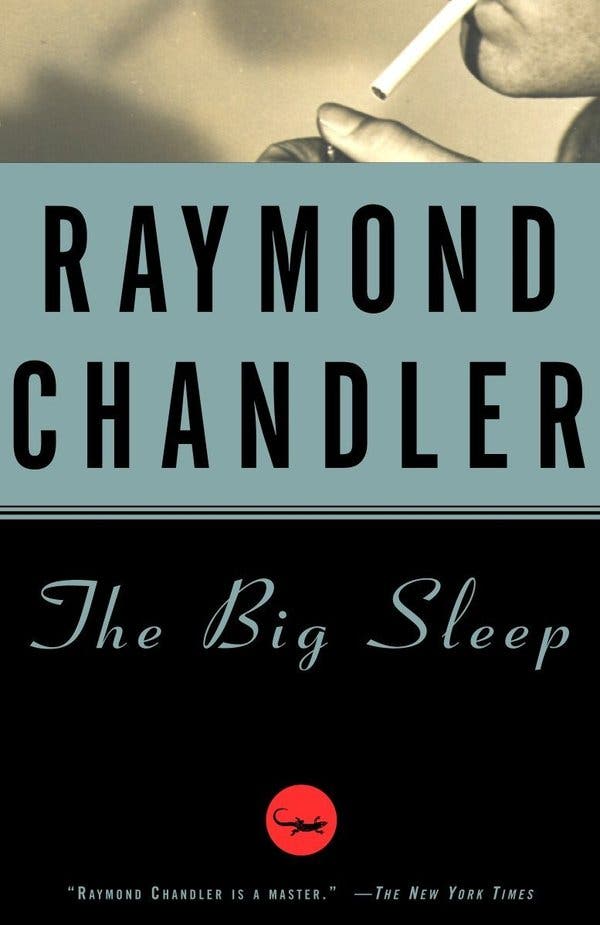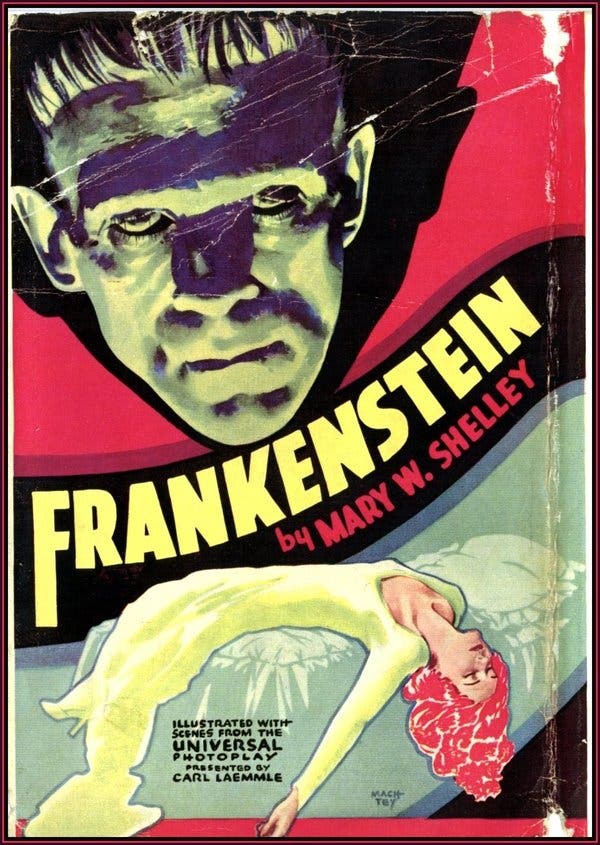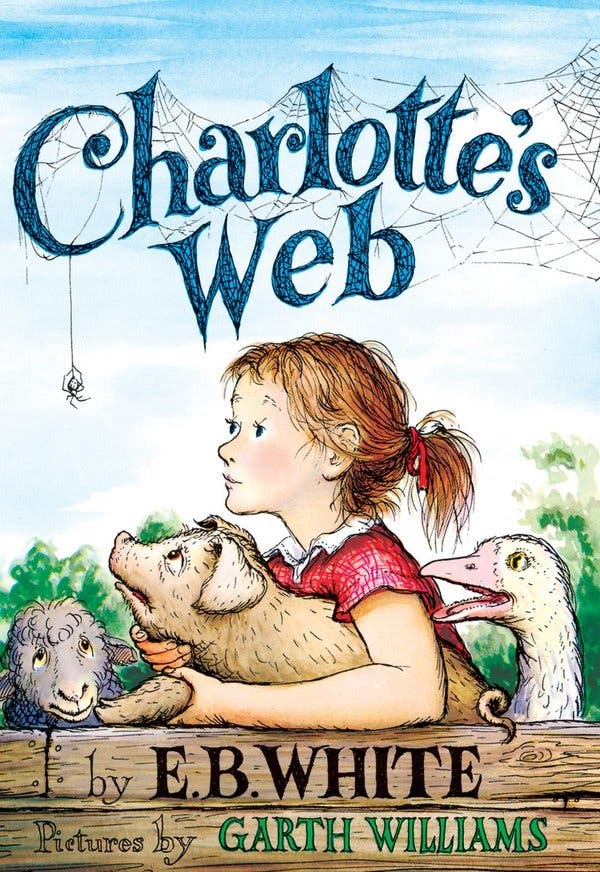‘Beloved,’ by Toni Morrison
I’ve noticed Toni Morrison peeking into the corners of a fair number of my FaceTime and Zoom parties recently from the nightstands of my friends. It’s not surprising; she’s a trusted ancestor whose wisdom makes you feel safe. But while most people I know seem to be reading her essays, I’ve been paging through “Beloved.” It might seem odd that I’ve chosen a tragic book for a tragic time, but in a strange way, it’s helping me. First of all, the book is so immersive that within a few sentences, I’m completely transported out of the moment we are living now. (I don’t think I’d be able to lose myself reading something sunnier, even if I wanted to.) And her microscopically close observations are something I try to emulate and apply to people I encounter — virtually, unless I’m on a walk — throughout the day. They deepen my empathy for individuals without requiring me to think about the macro, which can be paralyzing. — Caitlin Dickerson, immigration reporter, National

‘The Big Sleep,’ by Raymond Chandler
When racked with confusion or uncertainty, I tend to find refuge in the hard-boiled detective fiction I fell in love with as a boy, which for me allows for total immersion in the mystery of the narrative itself while also invoking a warm nostalgia for the hours spent reading ancient, sweet-smelling editions of “The Hardy Boys,” on the carpeted floor of the town library, gone to the world. Raymond Chandler’s Philip Marlowe is of course the godfather of gumshoes, and my (perhaps predictable) go-to is “The Big Sleep.” How can one resist a writer whose chapters open with descriptions of the moon as only “half gone from the full”? — Tas Tobey, senior news assistant, the Book Review

‘Frankenstein,’ by Mary Wollstonecraft Shelley
Like some of my colleagues on the Books desk, I like to turn to horror for comfort. It sounds counterintuitive, I know, but it works for me — especially this delicious, dark Gothic novel, which has riveted readers for 200 years. It’s cunningly constructed and beautifully written (I love the scene where Dr. Frankenstein, having assembled his monster from scraps gathered in dissecting rooms and graveyards, finally brings him to life, only to recoil from his black lips, watery eyes and yellow skin). And it asks a lot of the Big Questions about the nature of evil, the limits of science and the moral dilemmas we face in everyday life. — Tina Jordan, deputy editor, the Book Review

I read this one for two reasons — because every word and sentence is perfectly rendered, and because we are all Wilbur, needing a Charlotte to save our lives at one point or another. — Matt Futterman, deputy editor, Sports
 EU News Digest Latest News & Updates
EU News Digest Latest News & Updates



